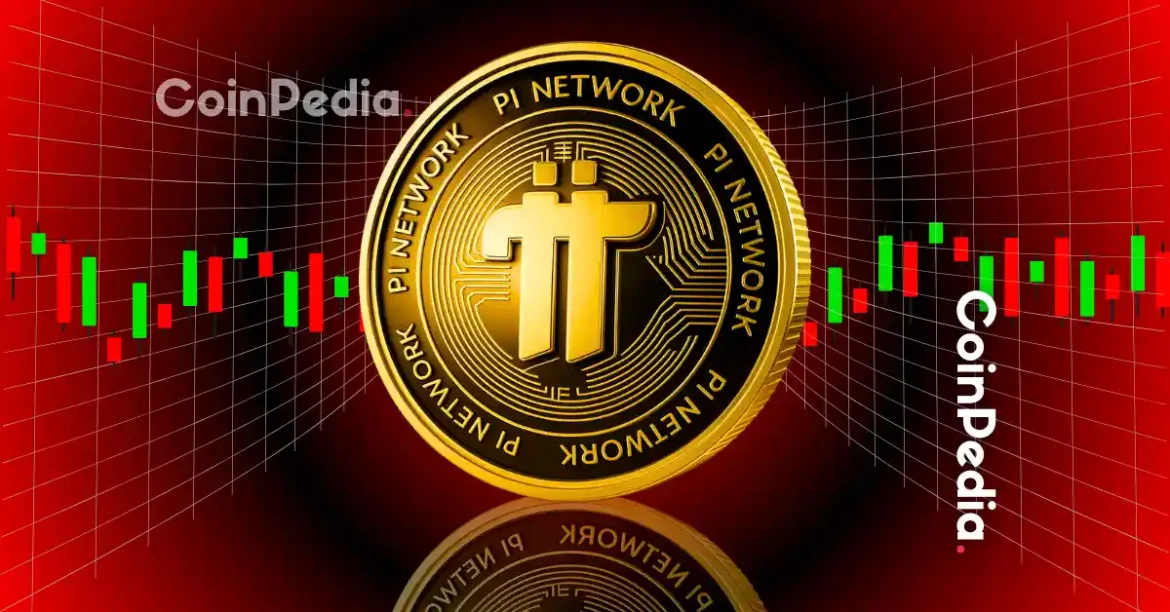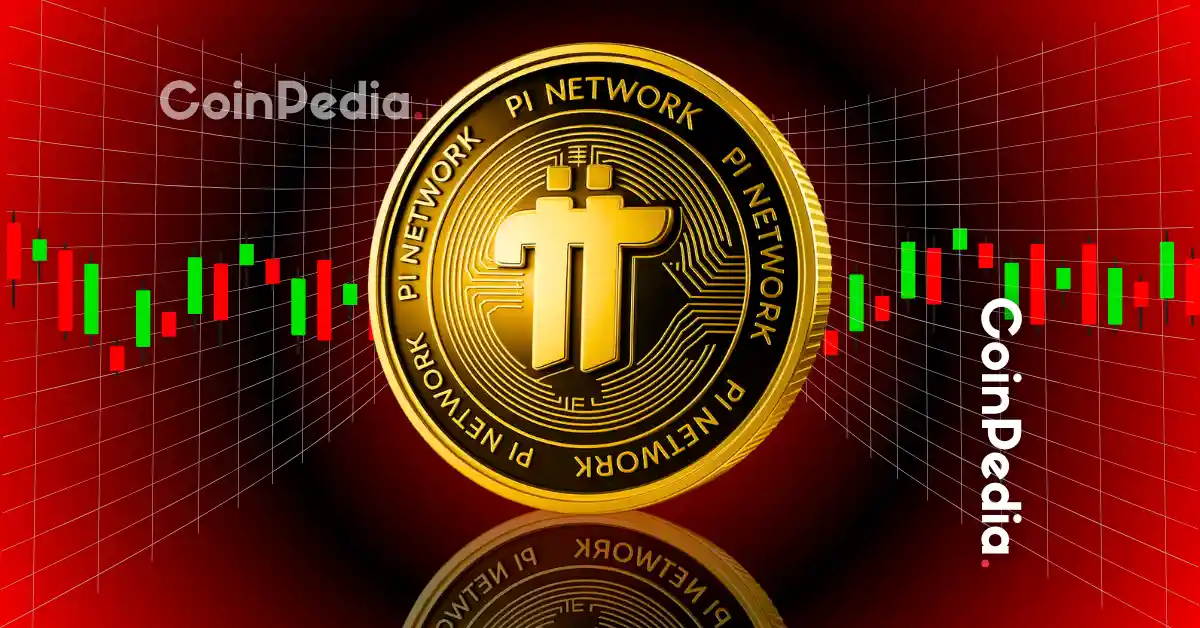The Promise and Peril of Pi Network: A Comprehensive Analysis
Introduction: The Rise of Pi Network
Pi Network has emerged as a phenomenon in the cryptocurrency space, capturing the attention of millions with its promise of accessible, smartphone-based mining. Launched in 2019 by Stanford graduates, the project has amassed over 65 million users, making it one of the most widely adopted cryptocurrency initiatives. However, its rapid growth has been accompanied by skepticism and controversy, raising critical questions about its legitimacy, sustainability, and future prospects.
Democratizing Cryptocurrency: The Core Appeal
Accessibility and Inclusivity
Pi Network’s primary appeal lies in its mission to democratize cryptocurrency mining. Traditional cryptocurrencies like Bitcoin require specialized hardware and significant energy consumption, creating barriers for average users. Pi Network, on the other hand, allows anyone with a smartphone to participate in mining by simply checking into the app daily. This approach has made cryptocurrency mining accessible to a global audience, regardless of technical expertise or financial resources.
User-Friendly Design
The app’s design is intentionally simple and intuitive. Users download the app, create an account, and tap a button once every 24 hours to initiate the mining process. This simplicity has contributed to its widespread adoption, particularly in regions with limited access to traditional mining infrastructure. The referral system, which rewards users for inviting others to join, has further accelerated its growth, creating a viral loop of engagement.
Vision for a Decentralized Marketplace
Pi Network’s whitepaper outlines an ambitious vision for a decentralized marketplace where users can buy and sell goods and services using Pi coins. This vision has inspired many early adopters, who see Pi Network as a potential disruptor in the global cryptocurrency landscape. The promise of a user-friendly, decentralized economy has fueled enthusiasm and investment in the project.
Critical Concerns: Transparency, Value, and Centralization
Despite its appealing premise, Pi Network faces significant criticism regarding its transparency, the actual value of its coins, and its degree of centralization. These concerns have led many to question whether Pi Network is a legitimate innovation or a sophisticated scam.
Lack of Transparency
One of the most pressing criticisms of Pi Network is its lack of transparency. The project’s codebase is not open-source, preventing independent developers and security experts from reviewing its security and functionality. This opacity makes it difficult to verify the claims made by the Pi Network team and raises concerns about potential vulnerabilities or malicious code.
Additionally, the details of the project’s governance and decision-making processes are not clearly defined. This lack of clarity makes it challenging to hold the Pi Network team accountable and raises questions about potential conflicts of interest or abuse of power.
Questionable Value
The value of Pi coins is another major concern. Currently, Pi coins are not listed on major cryptocurrency exchanges, and they cannot be traded for other cryptocurrencies or fiat currencies. This lack of liquidity makes it difficult to determine the true market value of Pi coins.
While the Pi Network team has announced plans to launch an open mainnet, which would allow Pi coins to be traded on exchanges, the timeline for this launch has been repeatedly delayed. This delay has further fueled skepticism about the project’s viability and the potential value of Pi coins.
Critics argue that the primary value of Pi Network lies in the data it collects from its users. The app requires users to provide personal information, such as their name, email address, and phone number, and it also tracks their activity within the app. This data could be valuable to advertisers or other third parties, raising concerns about privacy and data security.
Centralized Control
Despite its claims of decentralization, Pi Network is highly centralized. The project is controlled by a core team of developers who have the power to make unilateral decisions about the project’s direction and governance. This centralized control contradicts the fundamental principles of decentralization that underpin most cryptocurrencies.
Furthermore, the Pi Network app relies on a centralized server to process transactions and maintain the ledger. This reliance on a centralized server makes the network vulnerable to censorship, hacking, and single points of failure.
The Case for Pi Network: Community, Utility, and Potential
Despite these concerns, Pi Network has a large and dedicated community of supporters who believe in the project’s potential. They argue that Pi Network is still in its early stages of development and that it has the potential to become a major player in the cryptocurrency space.
Community Strength
One of the strongest arguments in favor of Pi Network is the size and enthusiasm of its community. With over 65 million users, Pi Network has one of the largest user bases of any cryptocurrency project. This large community represents a significant network effect, which could make Pi Network more valuable over time.
Furthermore, many Pi Network users are actively involved in promoting the project and developing its ecosystem. They are creating apps, building communities, and working to increase the adoption of Pi coins.
Potential for Utility
Pi Network’s supporters also point to its potential for utility as a medium of exchange and a platform for decentralized applications. The project’s whitepaper outlines a vision for a decentralized marketplace where users can buy and sell goods and services using Pi coins.
While this vision has yet to be realized, the Pi Network team has been working on developing the infrastructure and tools necessary to support a thriving ecosystem of decentralized applications. If Pi Network can successfully launch its open mainnet and attract developers to build on its platform, it could potentially become a valuable cryptocurrency.
Long-Term Vision
Finally, Pi Network’s supporters argue that the project should be evaluated based on its long-term vision, not its current limitations. They acknowledge that Pi Network is still in its early stages of development and that it faces significant challenges. However, they believe that the project has the potential to revolutionize the cryptocurrency industry by making it more accessible and user-friendly.
The Verdict: Scam or Sleeping Giant?
Determining whether Pi Network is a scam or a legitimate project is a complex task. The project exhibits characteristics of both. On one hand, the lack of transparency, questionable value, and centralized control raise significant concerns about its legitimacy. On the other hand, the massive user base, the potential for utility, and the long-term vision offer a glimmer of hope.
At this point, it’s prudent to exercise caution and approach Pi Network with a healthy dose of skepticism. The project’s success hinges on its ability to address the concerns raised by critics, launch its open mainnet, and develop a thriving ecosystem of decentralized applications. Until these milestones are achieved, it’s difficult to assess the true value and potential of Pi Network.
Investing time and resources into Pi Network at this stage carries inherent risks. Users should be aware of the potential for financial loss and should not invest more than they can afford to lose. It’s also crucial to be mindful of the privacy risks associated with providing personal information to the Pi Network app.
A Wait-and-See Approach
Ultimately, the fate of Pi Network remains uncertain. Whether it will become a groundbreaking cryptocurrency or fade into obscurity is yet to be seen. For now, the most reasonable approach is to adopt a wait-and-see attitude. Monitor the project’s progress, evaluate its claims critically, and make informed decisions based on the available evidence.
The Enduring Question: Is It Worth It?
The question of whether Pi Network is “worth it” depends entirely on individual perspectives and risk tolerance. For some, the potential for future value and the sense of community may be enough to justify the minimal effort required to mine Pi coins. For others, the lack of transparency and the potential for a scam may be too significant to ignore. Regardless of one’s stance, it’s crucial to remain informed, skeptical, and aware of the risks involved. The crypto world is rife with both innovation and deception, and navigating it requires diligence and a critical eye.





